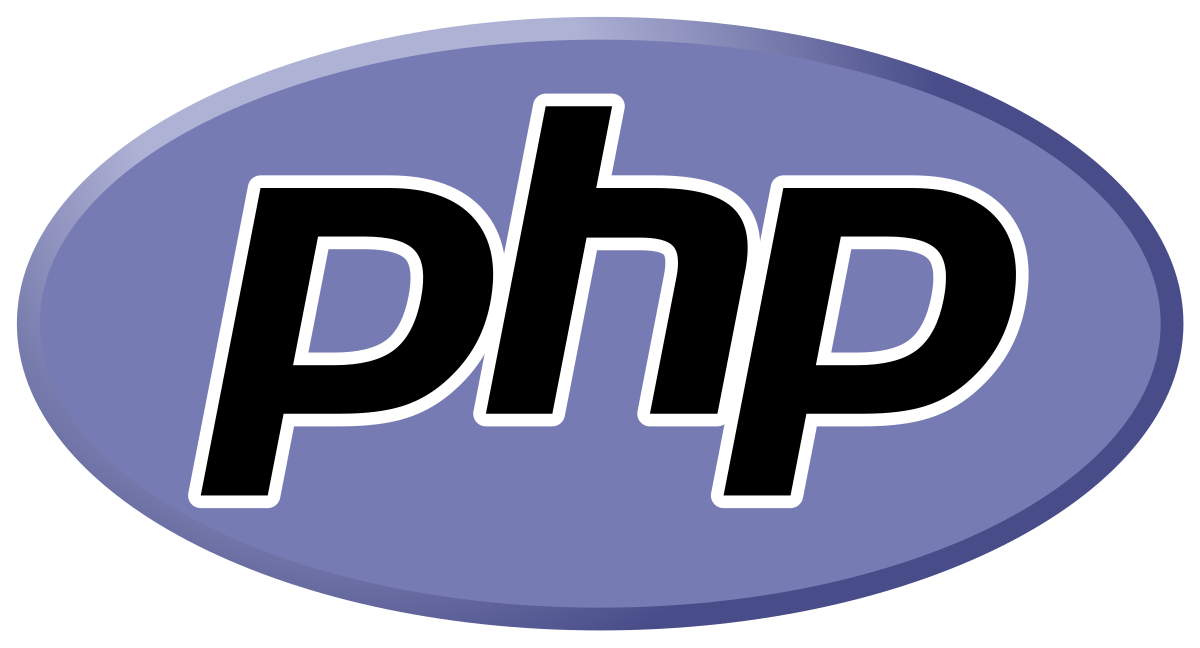
PHP version upgrade
Upgrading your PHP version is a crucial step to ensure your website remains secure, stable, and compatible with the latest features and performance improvements. Here's a general guide to upgrade your PHP version:
1. Check Compatibility: Before upgrading, ensure that your website's code, CMS (such as WordPress, Joomla, Drupal), plugins, and themes are compatible with the target PHP version. Many software vendors publish compatibility guides or recommendations for PHP versions.
2. Backup Your Site: Make a full backup of your website files and database. This ensures you can revert to the previous state if anything goes wrong during the upgrade process.
3. Check Hosting Environment: Determine if your web hosting provider supports the PHP version you want to upgrade to. Most hosting providers offer multiple PHP versions, and you can usually switch between them in the hosting control panel.
4. Upgrade PHP Locally: If possible, test the PHP upgrade on a local development environment or staging site. This allows you to identify and resolve any compatibility issues before applying the upgrade to your live website.
5. Upgrade PHP Version: Log in to your hosting control panel or contact your hosting provider to upgrade the PHP version for your website. Depending on your hosting environment, you may have options to select the PHP version through the control panel or by contacting support.
6. Test Your Website: After upgrading PHP, thoroughly test your website's functionality, including frontend features, backend functionality, forms, database interactions, and any third-party integrations. Pay close attention to areas that may be affected by PHP version changes.
7. Monitor Performance: Monitor your website's performance after the PHP upgrade. Check for any performance improvements or regressions, such as changes in page load times, server resource usage, and application responsiveness.
8. Update Dependencies: Ensure that any dependencies, libraries, frameworks, CMS software, plugins, and themes used on your website are up to date and compatible with the new PHP version. Check for available updates and apply them as needed.
9. Resolve Compatibility Issues: If you encounter any compatibility issues or errors after upgrading PHP, troubleshoot and resolve them promptly. This may involve updating outdated code, modifying configuration settings, or seeking assistance from developers or support forums.
10. Monitor Error Logs: Monitor your website's error logs and server logs for any PHP-related errors or warnings. Address any recurring issues promptly to maintain the stability and security of your website.
11. Optimize Configuration: Review and optimize your PHP configuration settings for performance, security, and resource utilization. Adjust settings such as memory_limit, max_execution_time, and error_reporting as needed based on your website's requirements.
12. Implement Security Measures: Take proactive steps to secure your website against common security threats and vulnerabilities associated with PHP. This includes applying security patches, enabling security features, and following best practices for web application security.
By following these steps, you can safely and effectively upgrade your PHP version to benefit from the latest improvements while maintaining the stability and security of your website.












